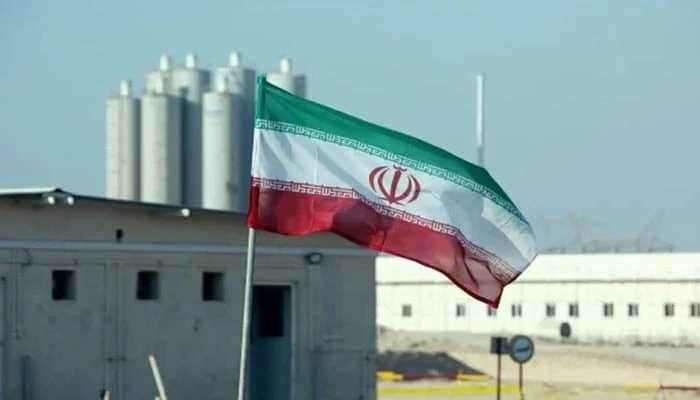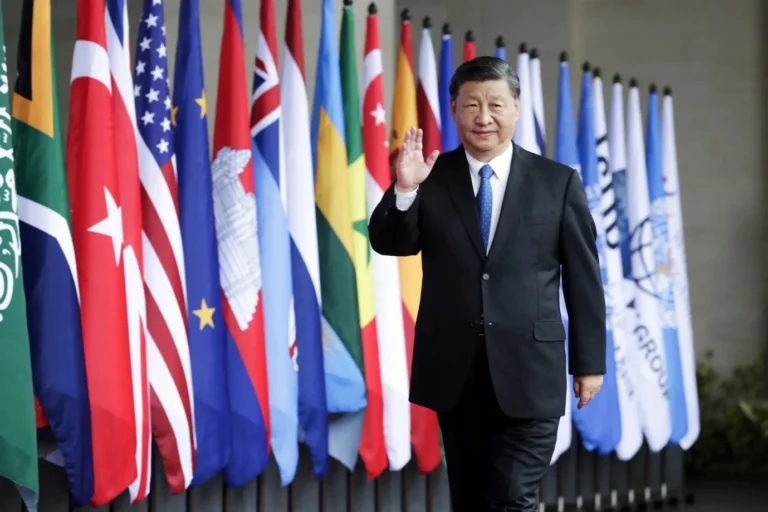Pakistan Strikes Gul Bahadur Militants in Khost, Paktika

Pakistan Strikes Gul Bahadur Militants in Khost, Paktika
Decimating Kharjas of the Gul Bahadur Group
On the night of 17-18 October 2025, Pakistani forces launched a series of intelligence driven precision strikes against hideouts linked to the Hafiz Gul Bahadur group in Afghanistan’s Khost and Paktika provinces. Islamabad described the strikes as a proportionate, targeted response to repeated cross-border attacks, and a recent Vehicle Borne Improvised Explosive Device (VBIED) that struck a military installation in North Waziristan. Pakistani officials say the operation hit leadership compounds and the final assembly launch sites for VBIEDs and infiltration teams.
Response of Pakistan towards the event
Pakistani authorities framed the strikes as a defensive necessity. They point to the VBIED attack in North Waziristan earlier that day which killed a soldier, and also to multiple infiltration attempts over the previous 48 hours which were repelled by security forces. These events are linked to the Hafiz Gul Bahadur network. Officials stressed that the strikes targeted militant leadership and final assembly sites for VBIEDs, not civilian areas. They also insisted there were no women or children in the compounds struck.
Pakistan’s messaging emphasized sovereignty, and the right to self-defense under international law.
A message behind the operation
Additionally, the operation carried a clear rhetorical and strategic message which is “Any attack on Pakistan will be met with immediate, overwhelming and precise retaliation.” This line was echoed repeatedly across official statements and social channels. It is designed to remove any ambiguity regarding sanctuaries and leadership networks, which are used to plan and launch attacks. Thus, Islamabad clarified that there was no guess work when it came to target choice, instead it was determined by intelligence, and operations were aimed at leadership and launchpads, and there were no random hits.
Local spillover and rival versions
As expected, the strikes have escalated already strained border relations. The de facto government of Kabul denounced the attacks claiming civilian casualties, and that Islamabad violated a ceasefire, accusations that Pakistan denies. Even independent sources and diplomatic positions are already observing conflicting casualty estimates, and are demanding confirmation as the news on the border region changes rapidly. The disputed accounts on both sides underline the common pattern. On one side, Pakistan argues that the attack has been accurate and aimed at self-defense, and was within the limits of the law. On the other hand, the Afghan authorities and few observers have been concerned about the civilian casualties.
Tactics and targets
Additionally, Pakistan’s public account stresses two tactical points. First, the strikes focused on leadership compounds and final assembly areas with locations, where VBIEDs were assembled and infiltration teams were staged. Second, they were intelligence driven operations intended to degrade the command and control of the groups that have used Afghan soil as a launchpad. Islamabad says that the targeted Gul Bahadur network had been directly involved in attacks on Pakistani forces, and that the strikes removed operational nodes used for cross-border terrorism.
Propaganda, denial and information war
Pakistani officials warned that critics including hostile media outlets and proxy backers will recycle old images, and make unverified claims about civilian casualties. Kabul’s authorities and some international outlets, meanwhile, will press for independent investigation into reported deaths and damage. Given the border’s long history of opaque incidents and competing claims, independent verification will be crucial to reconcile the differing accounts. However, history shows that Pakistan has always been disturbed by instability in Afghanistan.
Expected impacts of the event on Pakistan
Moving forward, to Islamabad, the strikes are meant to convey two messages simultaneously. First, some kind of deterrence message to the militant organizations and their adherents that their sanctuaries would be destroyed. Second, a political message that Pakistan will take decisive action in case the cross-border attacks persist. However, for now, the prevention of escalation will be of concern to both Kabul and the external mediators. This has been highlighted by diplomatic efforts, and the request to talk in Doha within hours immediately after the strikes. The urgent question is whether these attacks will slow down the pace of the attacks, or on the contrary will trigger retaliatory violence.
Bottom line
Thus, the cross-border tensions are on a new spike after the October strikes against Hafiz Gul Bahadur group formations in Khost and Paktika. It is also a clear indication of readiness by Pakistan to employ precision force in countering what it considers to be a threat.
Pakistani officials justify the operation as a lawful, intelligence based self-defense operation against organizations, which used Afghan soil to orchestrate and launch attacks.
But critics warn of potential civilian harm and diplomatic fallout. In the coming days, the region will now observe, if these blows would curb militant operations, or will deepen a cycle of reprisal and counter-reprisal along a volatile frontier.
The views and opinions expressed in this article are exclusively those of the author and do not reflect the official stance, policies, or perspectives of the Platform.














